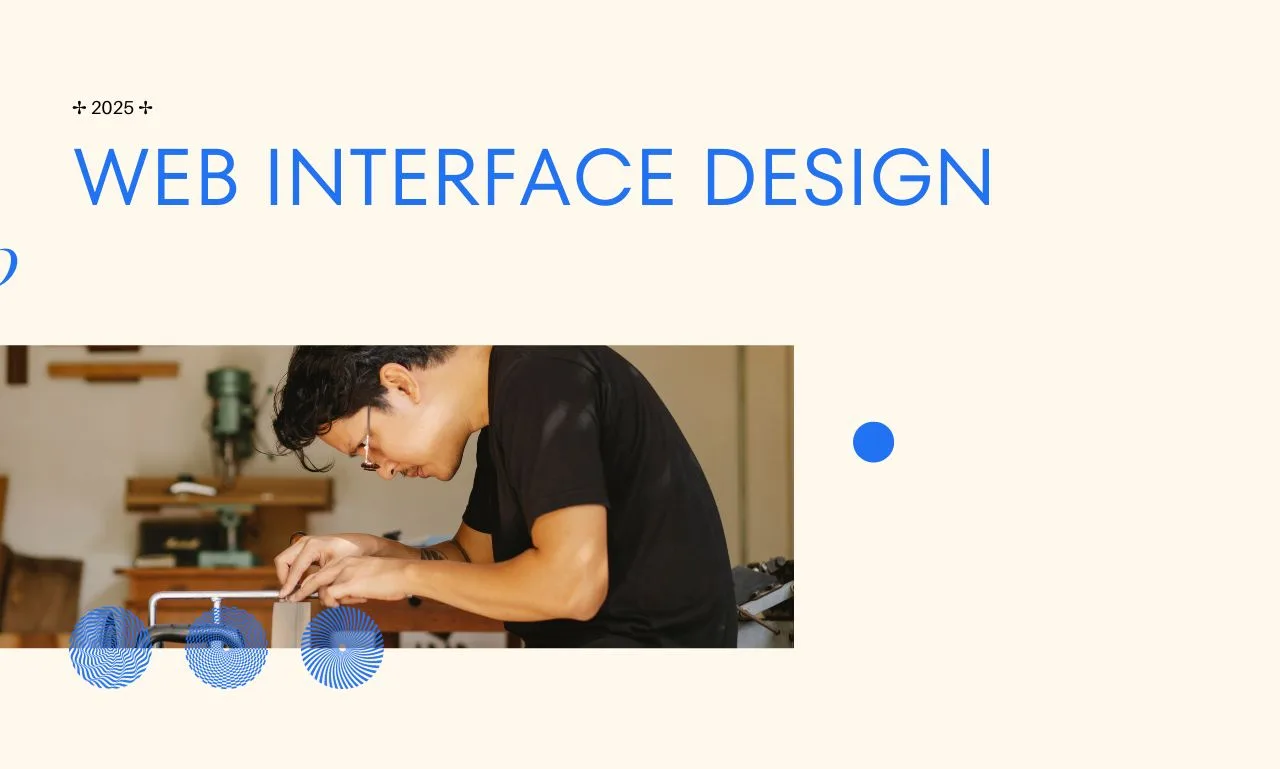web interface design
The Art of Web Interface Design: Creating an Engaging Online Experience
In the digital age, a user’s first impression of a website is often its web interface design. This crucial element plays a pivotal role in determining whether visitors stay and explore or quickly bounce away. Web interface design goes beyond aesthetics; it encompasses functionality, user experience, and accessibility. In this article, we will delve into the world of web interface design, exploring its key principles, best practices, and its impact on SEO.
What Is Web Interface Design?
Web interface design refers to the process of creating the visual and interactive elements of a website that users interact with. It involves crafting the layout, color schemes, typography, navigation menus, buttons, and other design elements that make up a website’s user interface. A well-designed web interface should not only be visually appealing but also intuitive and user-friendly.
The Importance of Web Interface Design
1. User Experience
User experience (UX) is at the heart of web interface design. A well-designed interface ensures that visitors can easily navigate the website, find the information they need, and perform desired actions. Smooth and intuitive navigation enhances user satisfaction and encourages them to stay longer, reducing bounce rates.
2. Visual Appeal
Humans are inherently visual creatures, and the visual appeal of a website is a critical factor in retaining visitors. An aesthetically pleasing design can create a positive impression and make users more likely to engage with the content or products offered.
3. Brand Identity
Web interface design plays a vital role in conveying a brand’s identity. Consistency in design elements, such as color schemes, fonts, and logos, helps reinforce brand recognition and trust. Users should be able to identify a brand simply by its design elements.
4. Mobile Responsiveness
With the increasing use of mobile devices, web interface design must be responsive. A responsive design adapts to different screen sizes and orientations, ensuring that the website looks and functions optimally on smartphones, tablets, and desktops. Google also considers mobile-friendliness as a ranking factor, making it crucial for SEO.
Key Principles of Effective Web Interface Design
To create a perfect web interface design, designers must adhere to several key principles:
1. Simplicity
Simplicity is the cornerstone of effective design. Avoid clutter and unnecessary complexity. A clean and uncluttered interface not only looks appealing but also makes navigation easier.
2. Consistency
Maintaining consistency in design elements, such as colors, fonts, and button styles, creates a cohesive and user-friendly experience. Users should know what to expect as they navigate through the site.
3. Intuitive Navigation
Navigation should be intuitive and straightforward. Users should be able to find their way around the website without needing a tutorial. Clear menus and logical page hierarchies are essential.
4. Accessibility
Accessibility is a critical consideration. Ensure that the design is inclusive and can be used by individuals with disabilities. This includes providing alt text for images, using readable fonts, and implementing keyboard navigation.
5. Page Speed
Fast-loading pages are essential for both user experience and SEO. Users tend to abandon slow websites, and search engines penalize sites with high load times. Optimize images and code to improve page speed.
SEO and Web Interface Design
Web interface design and SEO are closely intertwined. A well-designed website can positively impact your SEO efforts in several ways:
1. Reduced Bounce Rate
A user-friendly interface with engaging design elements can reduce bounce rates. When visitors stay longer on your site and explore multiple pages, it sends positive signals to search engines, potentially improving your rankings.
2. Mobile-Friendly Design
As mentioned earlier, mobile-friendliness is a crucial SEO factor. A responsive web design ensures that your site is accessible and functional on all devices, contributing to better search engine rankings.
3. Improved User Engagement
Engaging design elements, such as compelling visuals and interactive features, can increase user engagement. When visitors interact with your site, it signals to search engines that your content is relevant and valuable.
4. Lower Page Abandonment
A well-structured interface with clear navigation can reduce page abandonment rates. When users can easily find what they’re looking for, they’re more likely to stay on your site, which can positively affect SEO.
Conclusion
Web interface design is not just about creating a visually pleasing website; it’s about crafting a user-centric, accessible, and engaging online experience. When done right, it can have a significant impact on SEO by reducing bounce rates, improving user engagement, and ensuring mobile-friendliness. In today’s competitive online landscape, investing in web interface design is essential for any website looking to make a lasting impression and climb the search engine rankings. So, whether you’re building a new website or revamping an existing one, remember that the perfect web interface design is the key to success in the digital realm.


